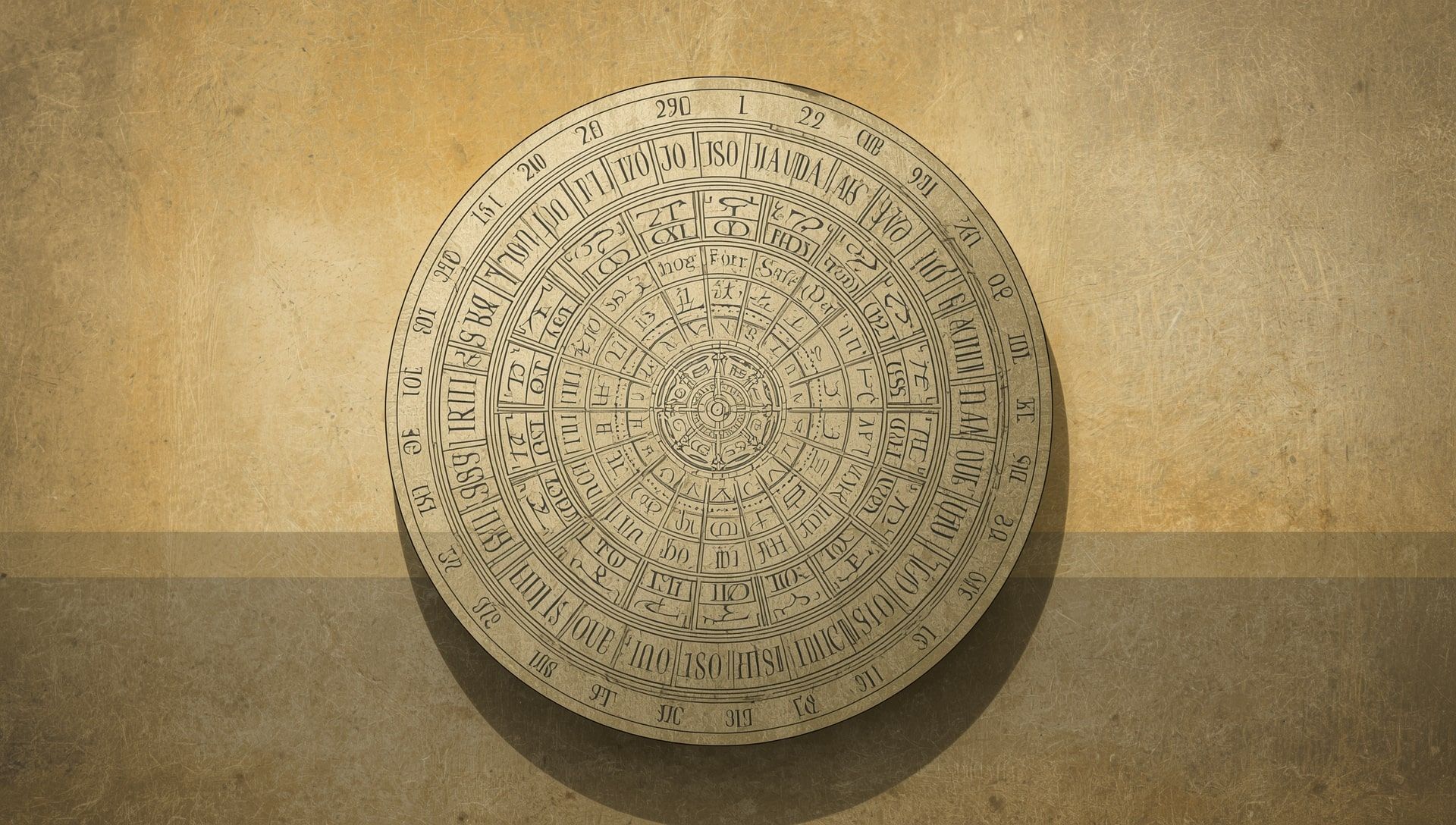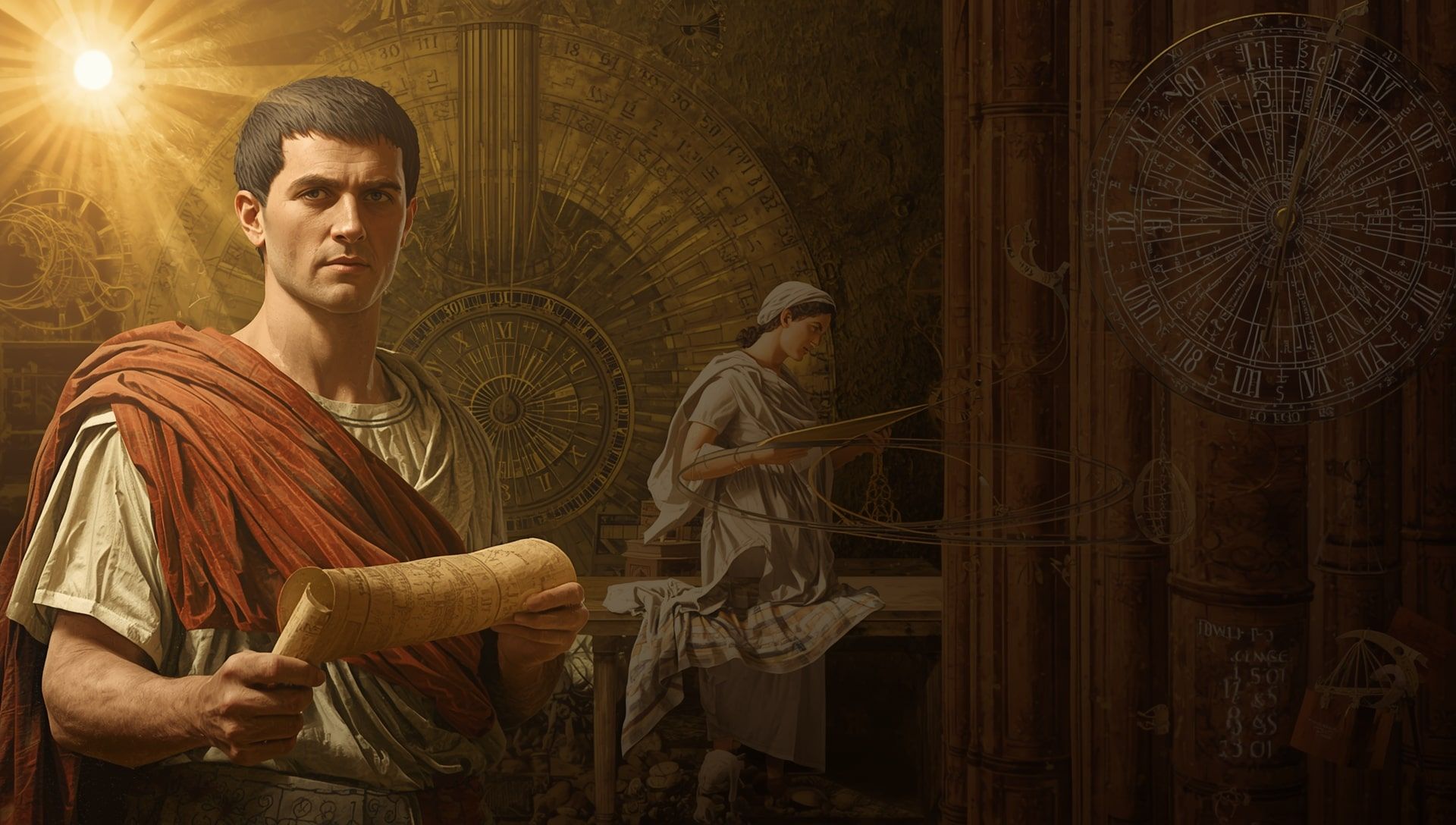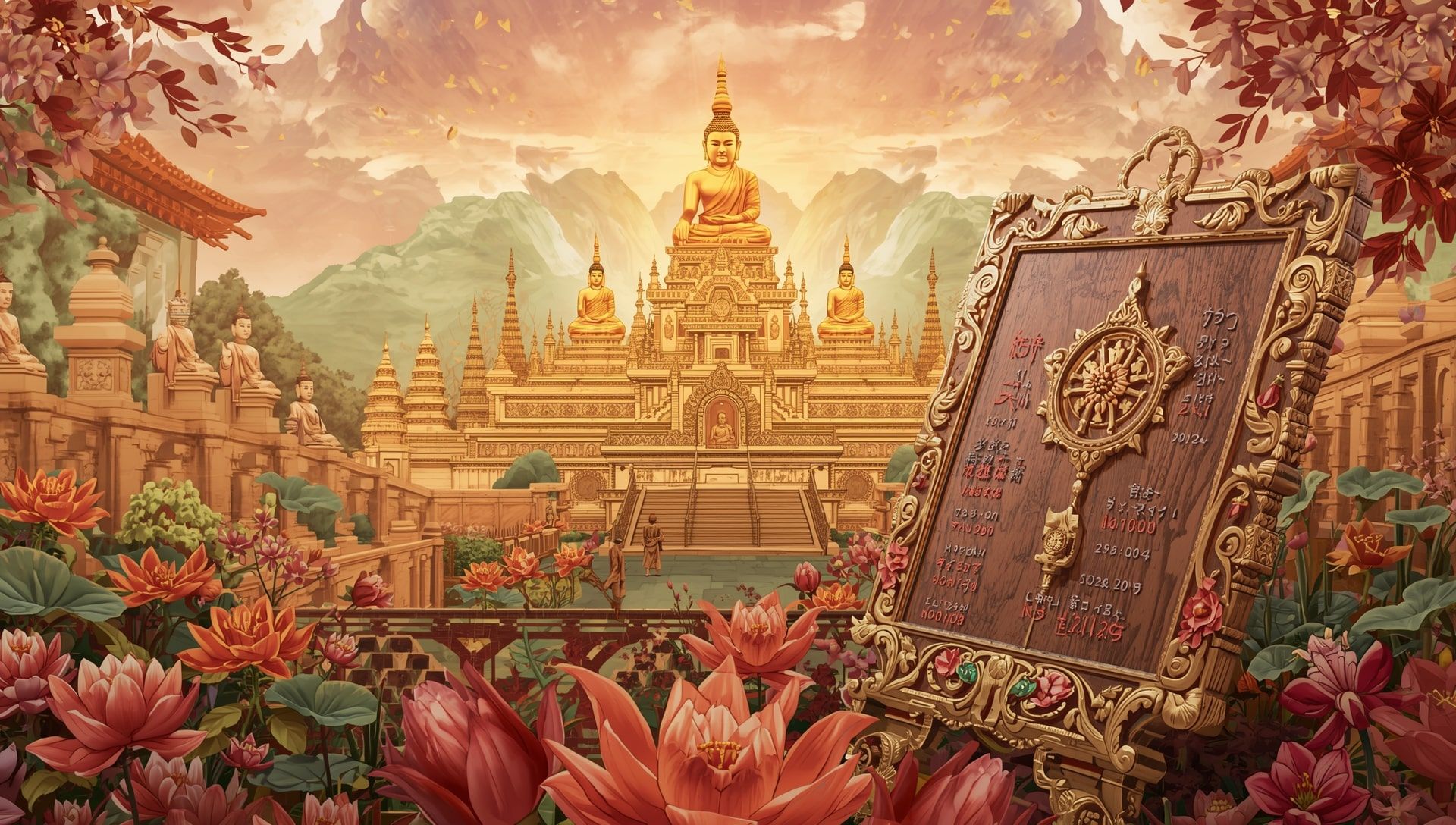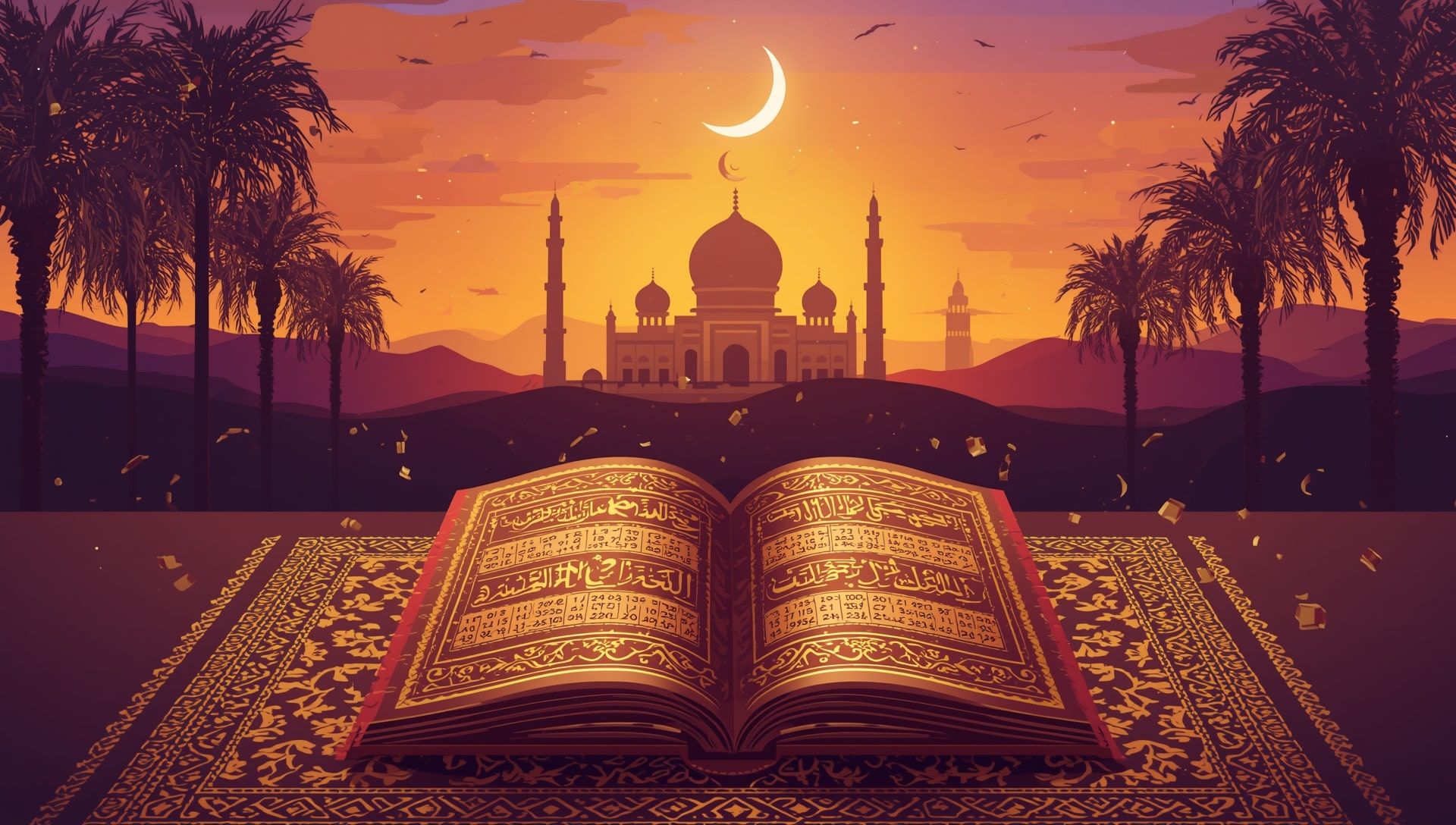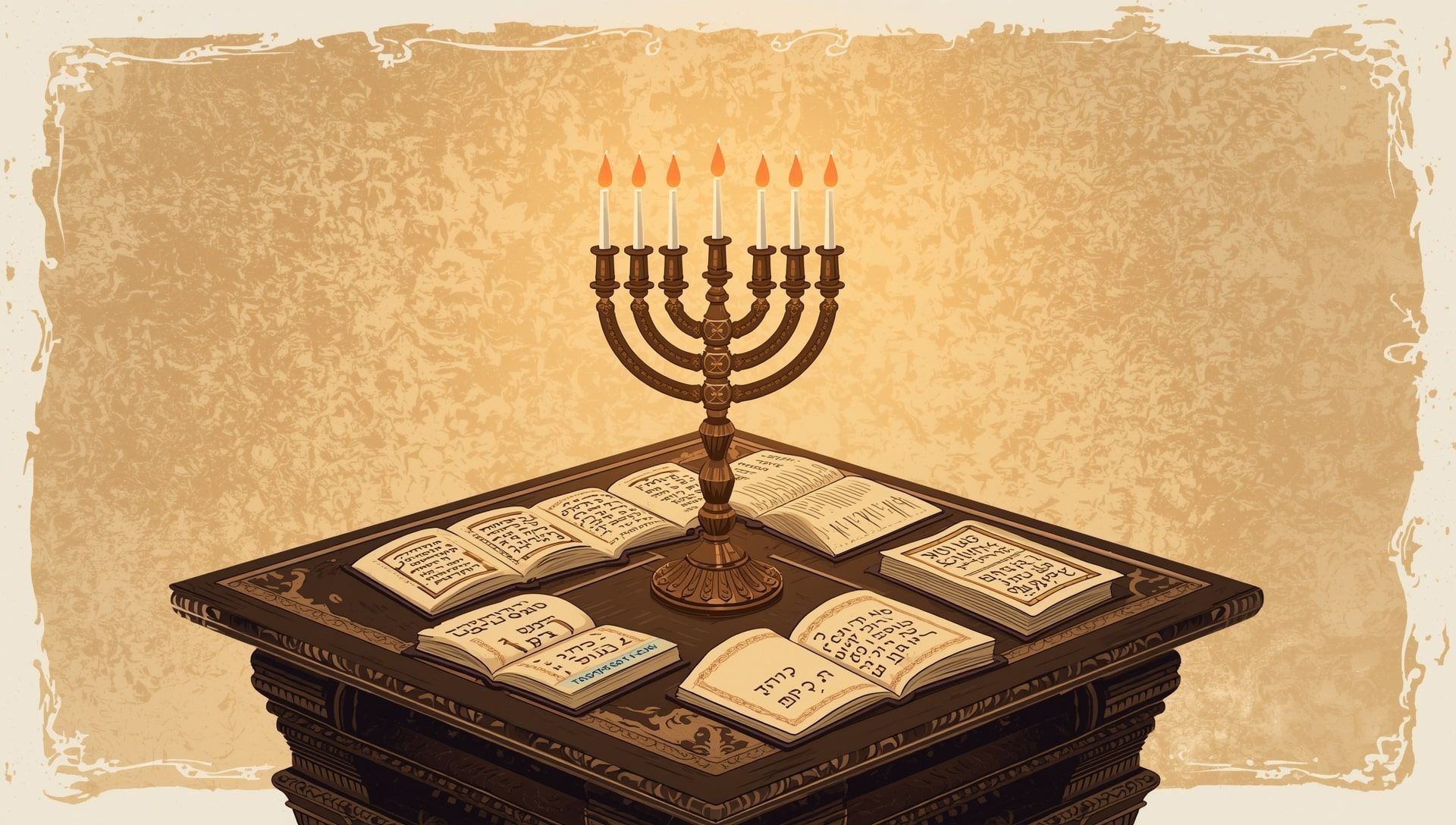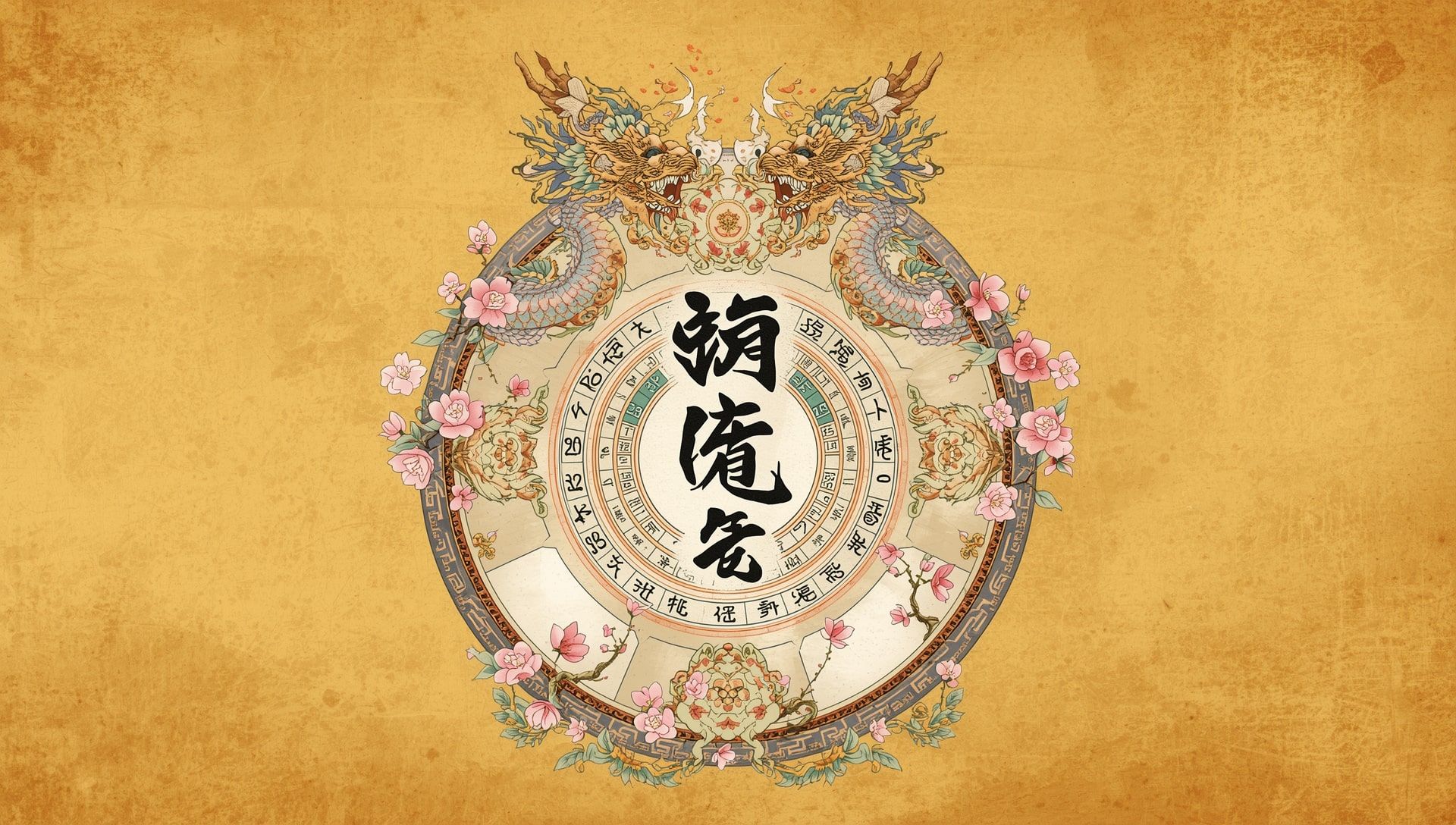The story of the Revised Julian Calendar begins with a problem: time itself was slipping. For centuries, the old Julian Calendar lagged behind the solar year, letting seasons drift slowly out of sync with their intended dates. Imagine celebrating spring while snow still fell outside. By the 20th century, religious leaders and astronomers agreed something had to change, but tradition had deep roots. The solution came in 1923, a quiet yet impactful adjustment known as the Revised Julian Calendar.
Why the Julian Calendar Needed Fixing
When Julius Caesar introduced his calendar in 45 BCE, it was revolutionary. His reform stabilized the chaos of Roman timekeeping, which had been riddled with political manipulation. Yet, his system overestimated the solar year by 11 minutes and 14 seconds. That tiny error compounded over centuries. By the early 20th century, the Julian year had drifted more than 13 days off course from the true solar cycle.
Religious feasts like Easter and other holy celebrations, based on the spring equinox, were no longer celebrated in alignment with the actual seasons. For the Orthodox Church, this was more than an astronomical inconvenience. It was a question of sacred timing, faith, and continuity.
The 1923 Constantinople Congress and Its Decision
In 1923, an inter-Orthodox congress convened in Constantinople. Among other reforms, it tackled the calendar issue head-on. The goal was clear: correct the drift, stay close to astronomical reality, and respect Orthodox tradition. The result was the Revised Julian Calendar, crafted by Serbian astronomer Milutin Milanković, whose leap-year formula remains one of the most accurate in history.
How the New System Works
The Revised Julian system keeps the year length closer to the actual solar year than the Gregorian. Here’s how:
- Every year divisible by 4 is a leap year.
- Except years divisible by 100, which are not leap years.
- However, years divisible by 900 are leap years only if the remainder when divided by 900 is 200 or 600.
This may sound complex, but it ensures astonishing accuracy. The average year length becomes 365.242222 days, slightly closer to the real solar year (365.242190 days) than the Gregorian system’s 365.2425 days.
Faith Meets Science
While the reform was mathematically brilliant, its adoption was uneven. Some Orthodox Churches, like those of Greece, Bulgaria, and Romania, accepted the new calendar for fixed feasts such as Christmas. Others, like Russia, Serbia, and Jerusalem, kept the old Julian system for liturgical reasons. This duality led to the coexistence of “Old Calendarists” and “New Calendarists,” sometimes within the same faith tradition.
It wasn’t simply about numbers. For many believers, changing the calendar felt like altering sacred rhythm. Time, in the Orthodox sense, is not just chronological but spiritual. Aligning the liturgical year with the heavens was as much about faith as precision.
Balancing Tradition and Accuracy
Adopting a new calendar meant walking a fine line. Leaders wanted to maintain scientific credibility without erasing cultural memory. The Revised Julian Calendar succeeded by keeping key traditions intact while fixing the solar misalignment.
- 🌞 Solar Alignment: Keeps seasons in step with astronomical reality, just like the global time zone map helps align regional times.
- 📅 Liturgical Harmony: Allows fixed feasts to align with civil calendars, integrating faith into everyday life.
- 🕊️ Respect for Heritage: Preserves traditional Easter calculations based on ancient rules.
- 🕰️ Adopted: 1923, Constantinople Congress.
- 👨🔬 Creator: Milutin Milanković, Serbian mathematician and astronomer.
- 🌍 Used by: Greek, Bulgarian, Romanian, and several other Orthodox Churches.
- 📏 Accuracy: Deviates from the true solar year by only 2 seconds per year.
The Calendar’s Cultural Echo
The Revised Julian Calendar quietly shaped how communities connect with time. In Greece, Christmas now coincides with the global December 25, fostering unity with the Western world. In Russia, Christmas remains on January 7, offering a unique cultural rhythm. Each choice reflects a blend of heritage, identity, and celestial awareness.
Even beyond religion, the concept of recalibrating time to better fit the natural world carries meaning. It reminds us that timekeeping systems are both science and art, mathematics and memory.
Comparison Table: Julian, Gregorian, and Revised Julian
| Feature | Julian | Gregorian | Revised Julian |
|---|---|---|---|
| Introduced | 45 BCE | 1582 CE | 1923 CE |
| Leap Year Rule | Every 4 years | Every 4 years, skip centuries not divisible by 400 | Every 4 years, skip centuries not divisible by 900 (unless remainder 200 or 600) |
| Average Year Length | 365.25 days | 365.2425 days | 365.242222 days |
| Current Drift per Year | +11 minutes | +26 seconds | +2 seconds |
| Accuracy Compared to Solar Year | Low | High | Very High |
| Used By | Some Orthodox Churches | Most of the world | Several Orthodox Churches |
Numbers That Tell a Story
The mathematics of the Revised Julian system may sound dry, but they reveal humanity’s constant pursuit of harmony with nature. Here’s what makes this calendar truly fascinating:
- ✅ Long-Term Accuracy: It will take over 40,000 years for this calendar to drift a single day from the solar year.
- 🧭 Universal Connection: Despite its Orthodox origins, the precision appeals to astronomers worldwide, similar to how modern time zones unify global coordination.
- 💫 Heritage and Science: It bridges ancient timekeeping with modern understanding.
Each calculation represents a dialogue between eras, a way for the human story to stay aligned with the universe’s steady rhythm.
The Calendar and Its Modern Relevance
Although the Revised Julian Calendar doesn’t dominate global civil life, it remains an active part of modern culture. Countries that adopted it still mark major feasts using it. Its subtle presence in the background of daily life shows how something as ordinary as a date can hold deep meaning.
Timekeeping shapes how we work, pray, and celebrate. Every reform, from Caesar to Milanković, reflects a desire to measure time with care and honesty. The Revised Julian Calendar stands as one of humanity’s quiet triumphs, balancing science with spirit.
Looking Forward Through Time
The Revised Julian Calendar is more than a mathematical fix, it is a symbol of continuity. It keeps faith with the heavens while letting communities stay in sync with both history and each other. Its precision reflects our shared wish to live in step with the rhythms of the cosmos. As long as humans mark the passing of days, this quiet reform will stand as proof that even time can be refined without losing its soul.
